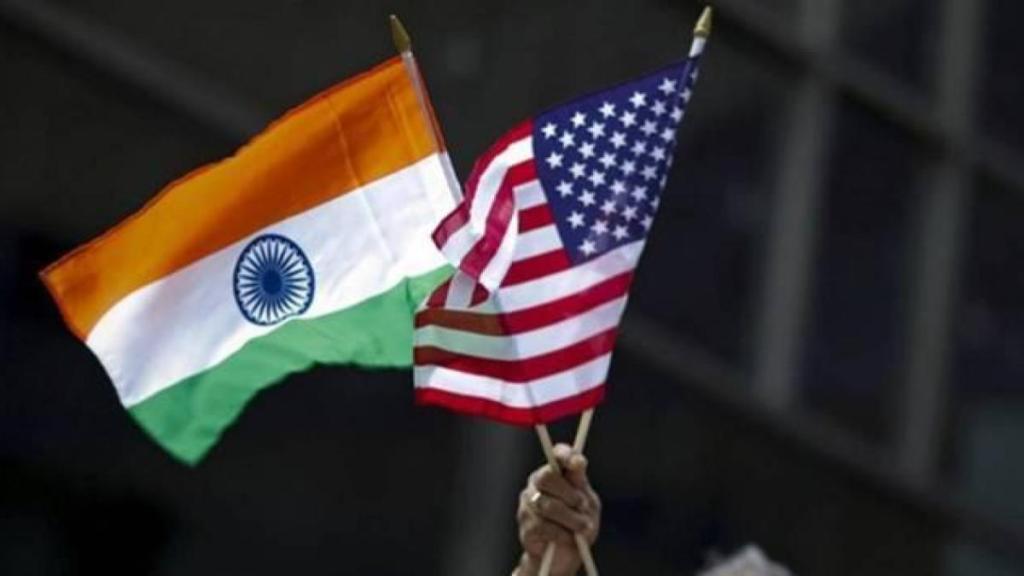Ahead of Prime Minister Narendra Modi’s meeting with US President Donald Trump next week, India is preparing a series of economic strategies to counter any potential tariffs that could disrupt bilateral trade. If the US imposes higher duties on Indian goods, the Indian government is poised to respond with targeted retaliatory measures, enhanced trade diversification, and domestic manufacturing initiatives, according to government sources.
The US is currently one of India’s largest trading partners, with bilateral trade reaching $119.71 billion in the 2023-24 fiscal year, including a substantial surplus in favour of India. However, sectors across the Indian economy, such as textiles, pharmaceuticals, IT services, and steel, are at risk if Trump’s administration enforces new tariffs. “India has much to lose in a potential trade war with the US,” a senior officer government official remarked, underlining the significance of the ongoing trade discussions.
Economic Impact of US Tariff Hikes on India
The Information Technology (IT) sector, which accounts for over 80% of India’s IT export earnings from the US, may see indirect effects, especially if restrictions on outsourcing or changes to visa policies are introduced. Similarly, India’s booming textile exports worth over $21 billion in the first four months of FY 2024-25 could lose competitiveness against countries like Vietnam and Bangladesh due to higher tariffs.
India’s pharmaceutical exports to the US have also seen a rise, with the US now accounting for a significant share of India’s generics market. However, increased tariffs on raw materials such as chemicals could raise production costs for India’s pharmaceutical companies, undermining their competitive edge in the US market.
For the steel and aluminium industries, the potential re-imposition of tariffs would further strain India’s manufacturers, who are already facing challenges from US duties imposed in previous years. Indian manufacturers and exporters could struggle to maintain price competitiveness, particularly in sectors like automotive and engineering goods, which are heavily dependent on US markets.
Retaliatory Actions and Trade Diversification
In response to the possibility of US tariffs, India is likely to take several steps to mitigate the impact. One such measure could be imposing retaliatory tariffs on American products, including popular US exports like apples, almonds, and motorcycles. These could be aimed at forcing the US to the negotiating table.
Beyond retaliation, India is actively looking to expand trade relations with other partners to reduce dependence on the U.S. market. Strengthening ties with regions like the European Union, ASEAN, and the Middle East could help cushion the blow to Indian exports.
In tandem, India has been focusing on expanding its domestic manufacturing capabilities. The government is likely to continue promoting its Production-Linked Incentive (PLI) schemes and self-reliance initiatives like `Atmanirbhar Bharat,’ which aim to reduce India’s dependency on imports from the US and other countries.
Concessions and Cooperation
The government has been proactively seeking to de-escalate potential trade tensions with the US. In recent months, India has made a series of concessions in a bid to improve bilateral trade relations. The government recently unveiled its first-ever tariff overhaul, cutting duties on products ranging from textiles to heavy-duty motorcycles. This move is seen as a direct response to Trump’s previous complaints about India’s high tariffs, particularly on US exports like Harley-Davidson motorcycles.
The diplomatic gesture is also part of India’s broader strategy to maintain strong ties with the US, especially given the growing defence, technology-sharing, and manufacturing collaborations between the two nations. India’s efforts to position itself as a key destination for foreign manufacturers leaving China have only strengthened this relationship.
Despite these efforts, challenges remain. India continues to import large volumes of crude oil from Russia, a key point of tension with the US, given the latter’s sanctions on Moscow. Additionally, legal issues, such as the indictment of an Indian government official over an alleged conspiracy on US soil, could complicate relations.
National Interests
As Prime Minister Modi prepares to meet President Trump, the Indian government is keenly aware of the delicate balancing act ahead.
According to Amitendu Palit, an economist specializing in international trade “The challenge for India is that once it begins conceding to one demand, it could risk facing more, especially with Trump’s unpredictable trade stance.”


